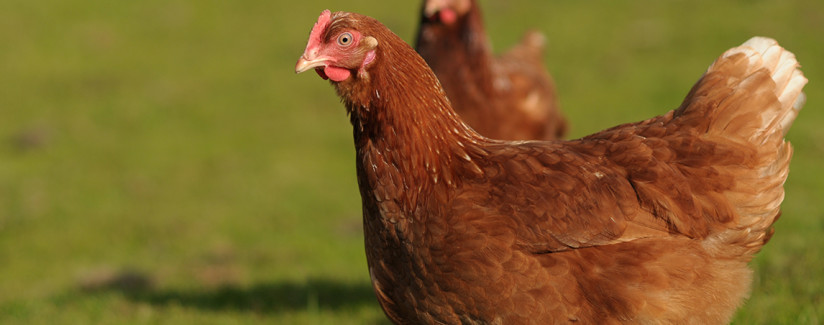
Eggs – Organic, Cage-Free, Free-Range… What’s The Difference? Part Three
Since the majority of us don’t know farmers, and thus, are not able to travel to a farm to see where eggs come from, we found a company that actually brings the hens directly to your computer screen! Located in the San Joaquin Valley of California, JS West allows anyone curious about hens to take a peek via their 24/7 webcam from any of several angles. By clicking here, you will be able to see the hens that may be producing the eggs your family eats.
We asked our experts Dr. Karcher, and Dr. Beyer to weigh in on the web cam, as well as to give their final thoughts on the difference between organic, cage-free, free-range, etc. eggs.
Looking at the JS West live webcam can you describe the behaviors of the hens? Do they look healthy, normal, and well taken care of?
Dr. Beyer:
It’s interesting, and a good webcam; it’s placed in an area where you can really see the hens. They are moving around and they seem like they’re interacting normally. There are no negative interactions that I see. It looks like to me like there is a good representative view of several pens there and the hens all seem to get along fine. If I was inspecting those hens I would say they all are in pretty good shape.
Dr. Karcher:
You can view the hens exhibiting many different behaviors when you look at the webcam. While there are numerous behaviors that exist for birds, you will be able to see hens at the feeder eating or drinking water from the lines that run throughout the system. If you look at a top view, you’ll occasionally see a bird that has some rapid flapping, which is a bird that is jumping up on one of the perches. And you can also see the hens going to use the nest box and scratch area. They look very healthy and very well taken care of.
What do you see as the future of egg production?
Dr. Karcher:
I think there are going to be lots of changes in egg production as we continue to define and refine the alternative systems that hens are housed in. What we see today as being our best option due to the limitations of space or the way we think the birds may behave, may in fact be something entirely different in the next 50 years. We need to make sure we have some science behind the emotional decisions that are made, and that we continue to ask those questions that need to be asked regardless of what may or may not happen from a legislative standpoint.
Final thoughts on hen housing?
Dr. Beyer:
In theory, there are probably some perfect cages out there, research is behind, and we’re trying to catch up. Once hens moved to cages, most people focused on that system and we really have looked away from doing research on alternative systems. I’ve seen cage-free systems that should be unlawful to use, and I’ve seen cage-free systems that are fantastic. The same thing with cages – some are poor, while some are good. I believe there is a best system out there, and that system will also work with low cost production.
Over three weeks, we’ve talked to the experts about how hens are raised, what that means for the eggs we eat, and even given you a peek at what one hen barn looks like. Hopefully your trips to the grocery store will be a bit easier when it comes to choosing which eggs are right for your family, because of this information!
What are your thoughts? Will your family be changing the way you decide which eggs to buy?
This is the last post of a three-part series. Be sure to check out Part One and Part Two.
Photo: “Hens” by Steven Lilley is licensed under CC BY-SA 2.0.



























